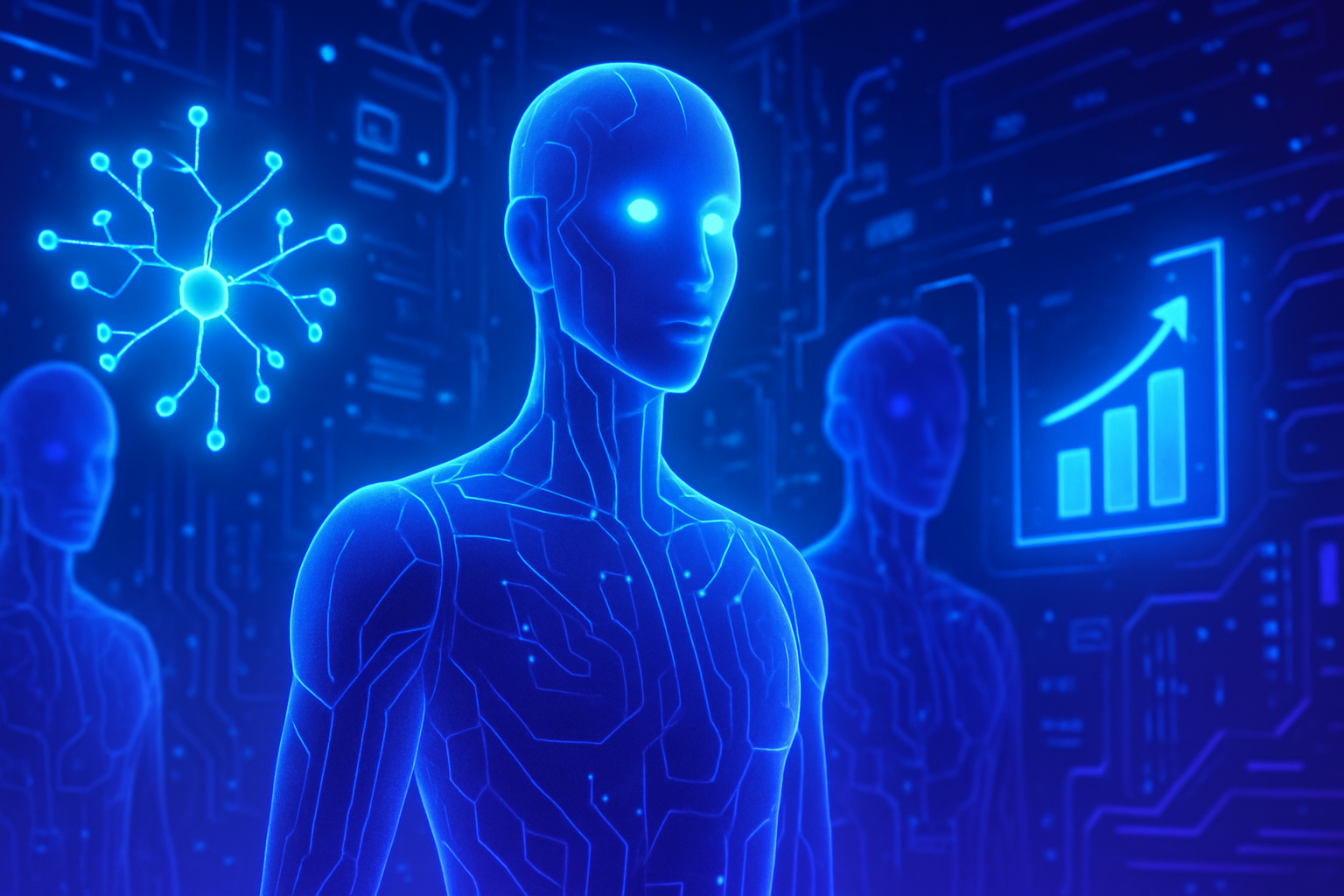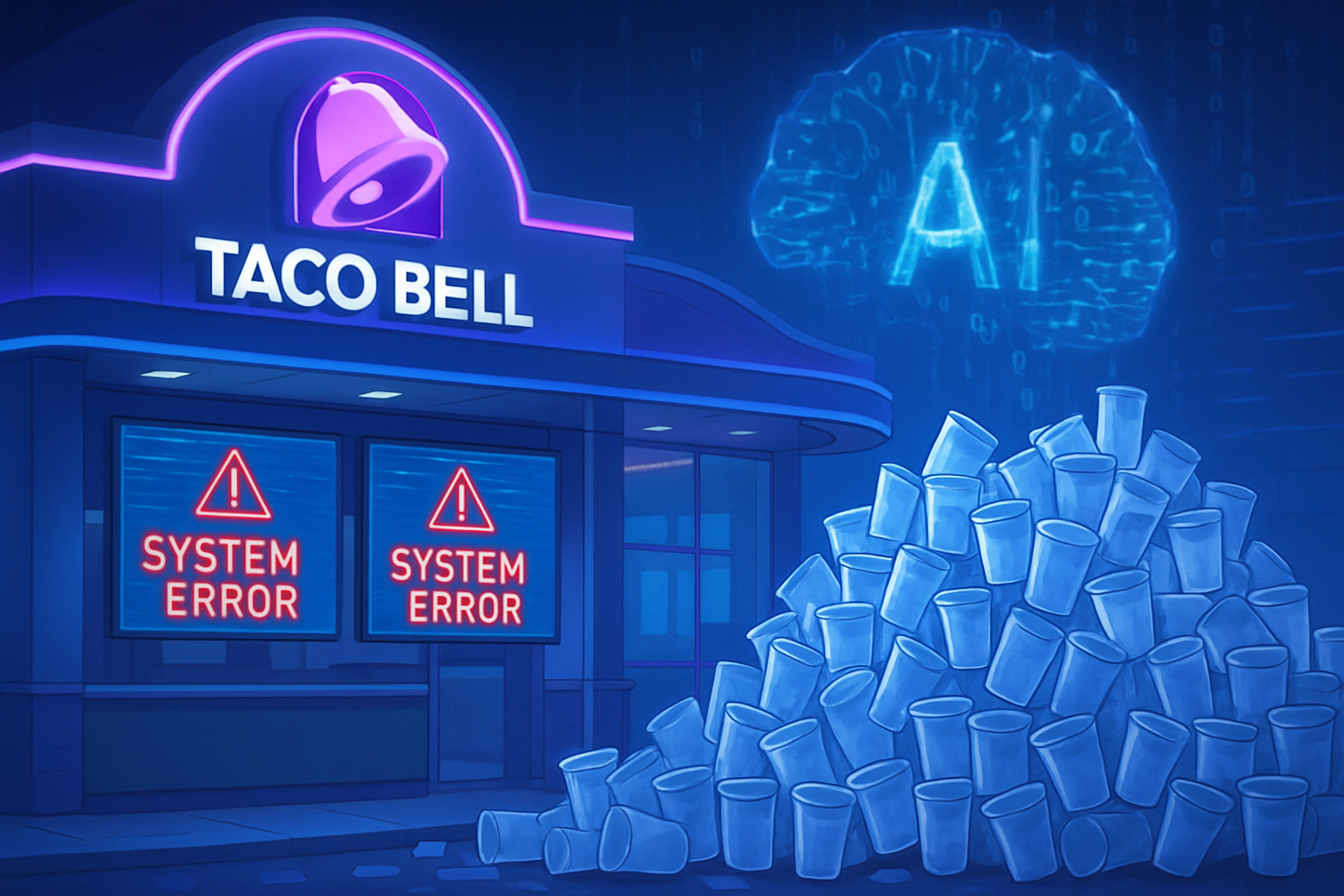The resolution of complex problems requires a methodical and informed approach. Modeling relationships emerges as an essential method for analyzing multiple issues. *The interconnection of factors* offers a finer understanding of the contexts to be addressed. In this framework, adapted tools and innovative techniques prove essential for effectively tackling each challenge. Determining root causes allows for the initiation of sustainable solutions. *Empathy* towards stakeholders plays a fundamental role in a constructive approach. This focus on analytical rigor fosters the emergence of relevant strategic options, leading to concrete results.
Modeling Relationships and Resolving Complex Problems
Modeling proves to be an effective tool for addressing contemporary challenges. By representing the underlying relationships within a problem, it becomes possible to consider suitable and pragmatic solutions. This approach is based on the necessity of identifying the links between the different variables that influence a specific context.
The Steps of Relational Modeling
The first step is to clearly define the problem to be solved. This engages in thorough reflection to ensure that all facets of the problem are taken into account. A precise definition serves as the foundation for the entire modeling process.
Next, it is crucial to identify the causes by exploring what is called the iceberg model. This method invites focusing not only on the symptoms of a problem but also on its root causes. This approach requires a rigorous analysis of both visible and hidden elements.
Resolution Techniques through Modeling
The frame-storming represents an innovative technique for reframing a problem by creating mental models around it. This process promotes creativity by allowing participants to explore different perspectives on the same subject. Empathy, on the other hand, plays a fundamental role in understanding the needs and emotions of stakeholders.
Another effective method is the five Whys technique, which involves asking several “Why” questions to uncover the root of a problem. This facilitates tracing the causes back to their origin. By adopting this approach, it is possible to transform the initial problem into a series of more manageable milestones.
Modeling and Simulation
Computer-assisted modeling tools allow for simulating different situations. These simulations aim to anticipate the potential impacts of decisions before implementation. The strategies developed in this way lead to informed and carefully calculated choices, especially in dynamic contexts like sports or business.
Advanced algorithms are often used to optimize the modeling of complex situations. Matrix algebra, for example, proves essential in representing relationships among multiple variables. A mathematical understanding of systems enhances the analytical capability for complex problem-solving.
Concrete Applications of Modeling
In the context of businesses, problem resolution is essential for maximizing performance. The use of modeling allows for proactive conflict management while fostering collective intelligence within teams. Brainstorming sessions incorporating these methodologies can catalyze surprising and beneficial results.
Advancements in artificial intelligence also offer new modeling opportunities. For example, AI is used to address complex socio-political issues, such as the Israeli-Palestinian conflict. This approach is being evaluated in various contexts to develop sustainable solutions.
Innovations and Future Perspectives
Research continues to evolve in the field of relational modeling. Scientists and practitioners question how these models can be enriched. At the same time, the development of digital trust spaces, integrating stakeholders and regulations, promotes collaborative management of complex problems.
The hidden traces and data generated by AI reveal valuable insights into human behavior and interactions. This knowledge allows for refining existing models while paving the way for innovative solutions to current challenges.
It is necessary to continue integrating artificial intelligence into relational modeling, especially to analyze unknown factors and assess risks. This participatory dynamic could profoundly transform our way of understanding problem resolution on a global scale.
Additional Resources
To deepen your understanding of the use of artificial intelligence in conflict resolution, check out this article on artificial intelligence in the service of the Israeli-Palestinian conflict. Similarly, to explore the creation of a European digital trust space, this research offers a critical view of digital innovation. For an intriguing perspective on the implications of AI in our society, read this article on images generated by AI. Finally, it’s interesting to note that 20% of employees are already using artificial intelligence in their work without mentioning it.
Lastly, Elon Musk’s recent reaction to technological innovations underscores the importance of discussions around these advances. In this regard, the article on Elon Musk’s technological concerns sheds light on the need to regulate AI.
Frequently Asked Questions
What is relational modeling in resolving complex problems?
Relational modeling involves creating visual or algorithmic representations of interconnections between different elements of a system to better understand and analyze complex problems.
Why is it important to model relationships to solve problems?
Modeling relationships enables the identification of underlying causes of problems, predicts the consequences of decisions made, and optimizes solutions by considering the complexity of interactions.
What tools are commonly used to model relationships in resolving complex problems?
Tools such as causality diagrams, conceptual maps, and simulation algorithms are often used to model relationships within complex systems.
How can modeling help identify the causes of a problem?
Modeling helps map different variables and their interactions, thus facilitating the identification of root causes by highlighting relationships that may not be obvious at first glance.
What are the benefits of modeling for work teams?
Modeling fosters communication among team members, improves shared understanding of problems, and allows for collectively exploring creative solutions.
How can relational modeling be applied in a project management context?
In project management, relational modeling enables the analysis of workflow, identification of dependencies, and effective management of resources while considering the complex interactions between tasks.
What is the best method to start modeling a complex problem?
It is advisable to start by clearly defining the problem, followed by gathering relevant data before using appropriate modeling tools to visualize relationships and interactions.
How can the effectiveness of a modeling in resolving a problem be evaluated?
The effectiveness of modeling can be evaluated by measuring the clarity of proposed solutions, the time taken to resolve the problem, and the improvement in operational outcomes following the application of solutions derived from the modeling.






